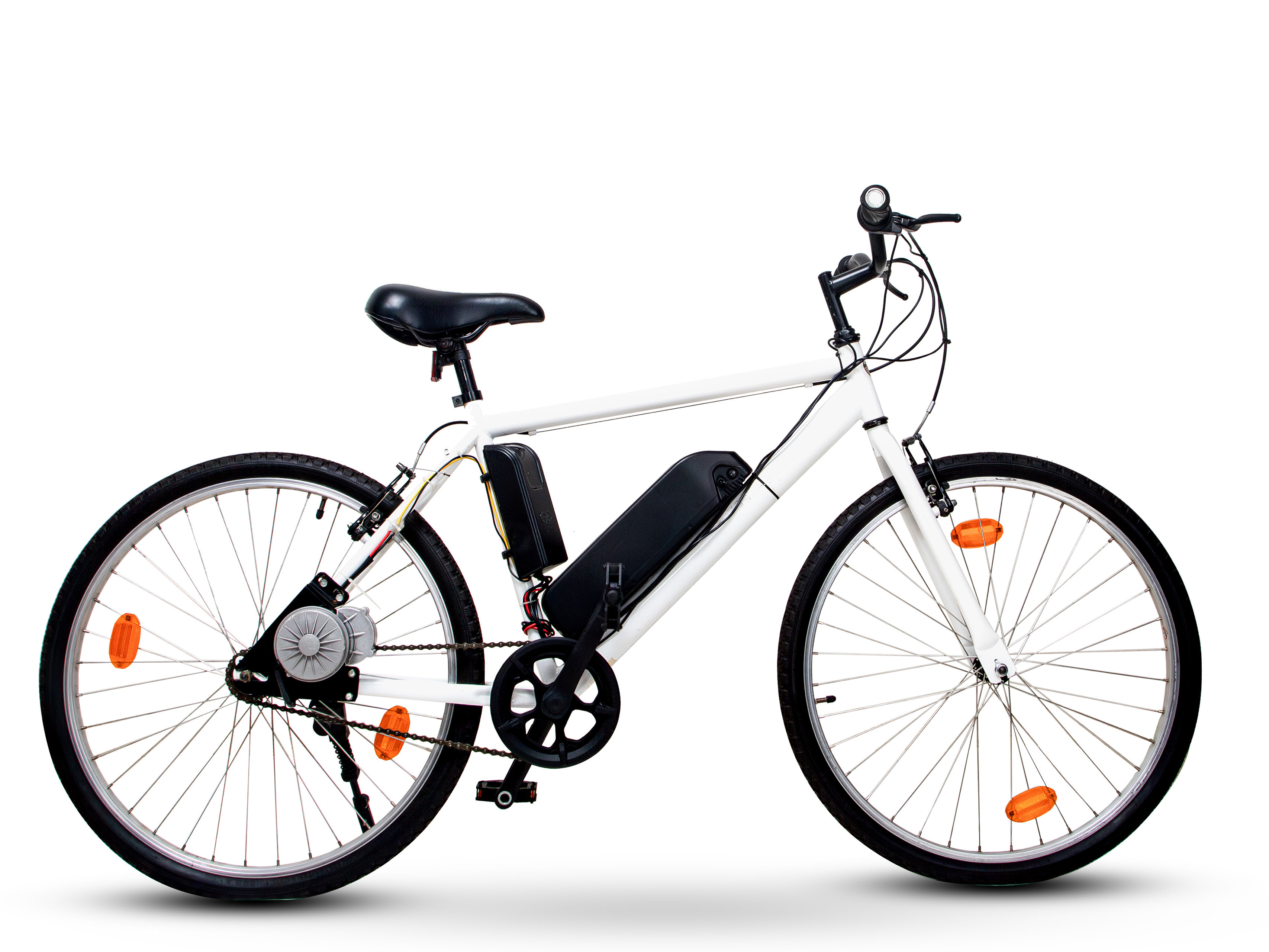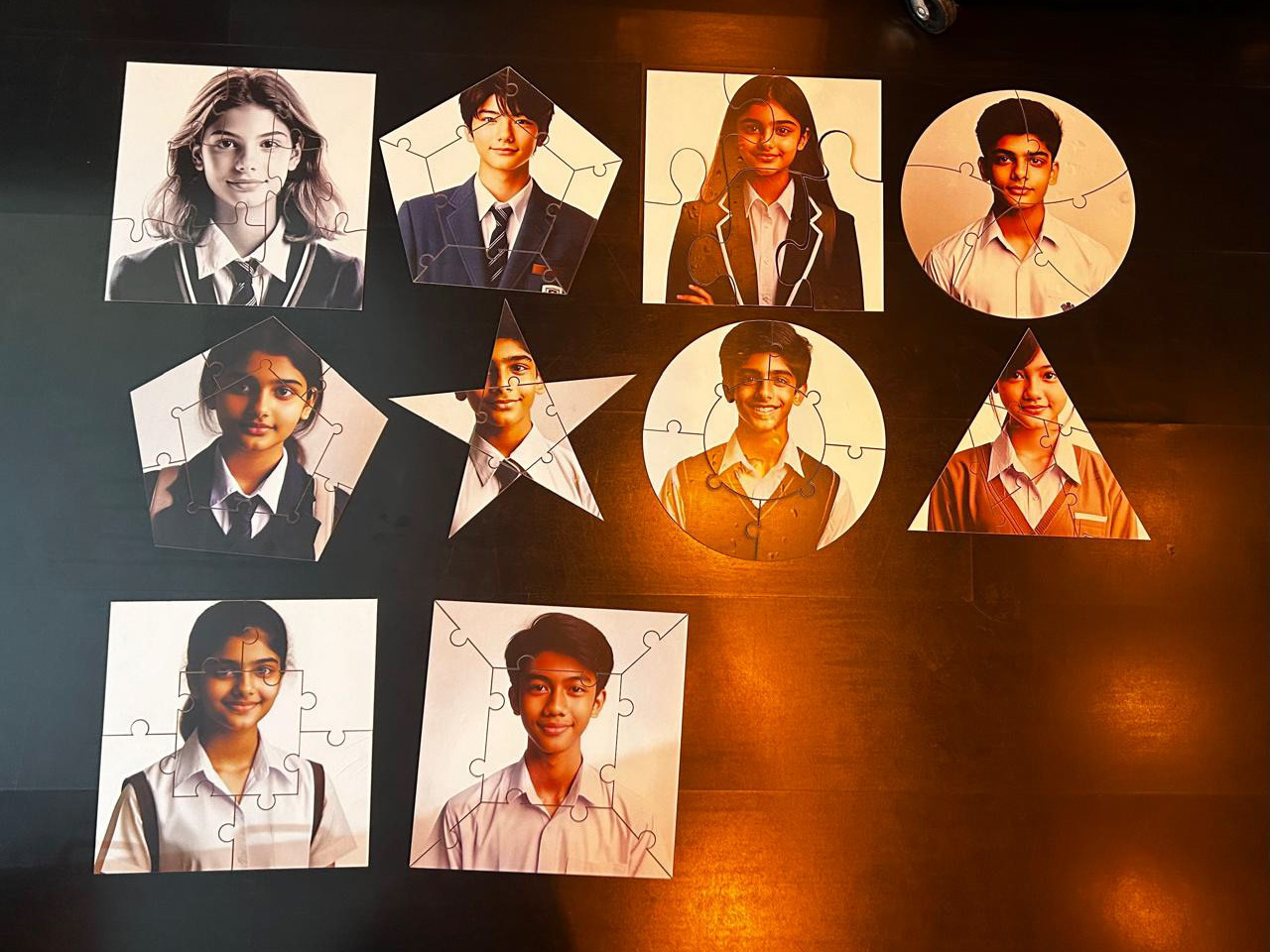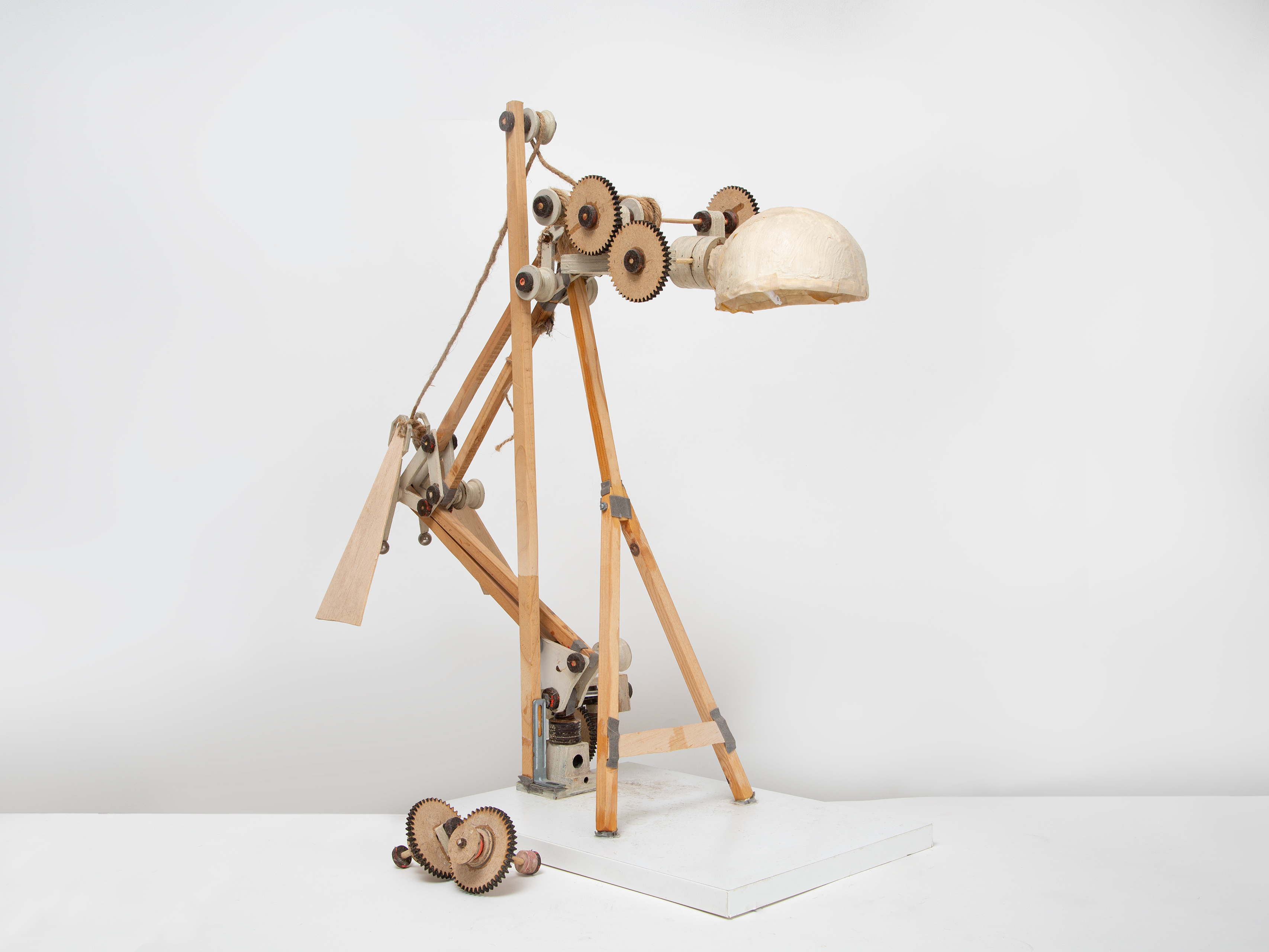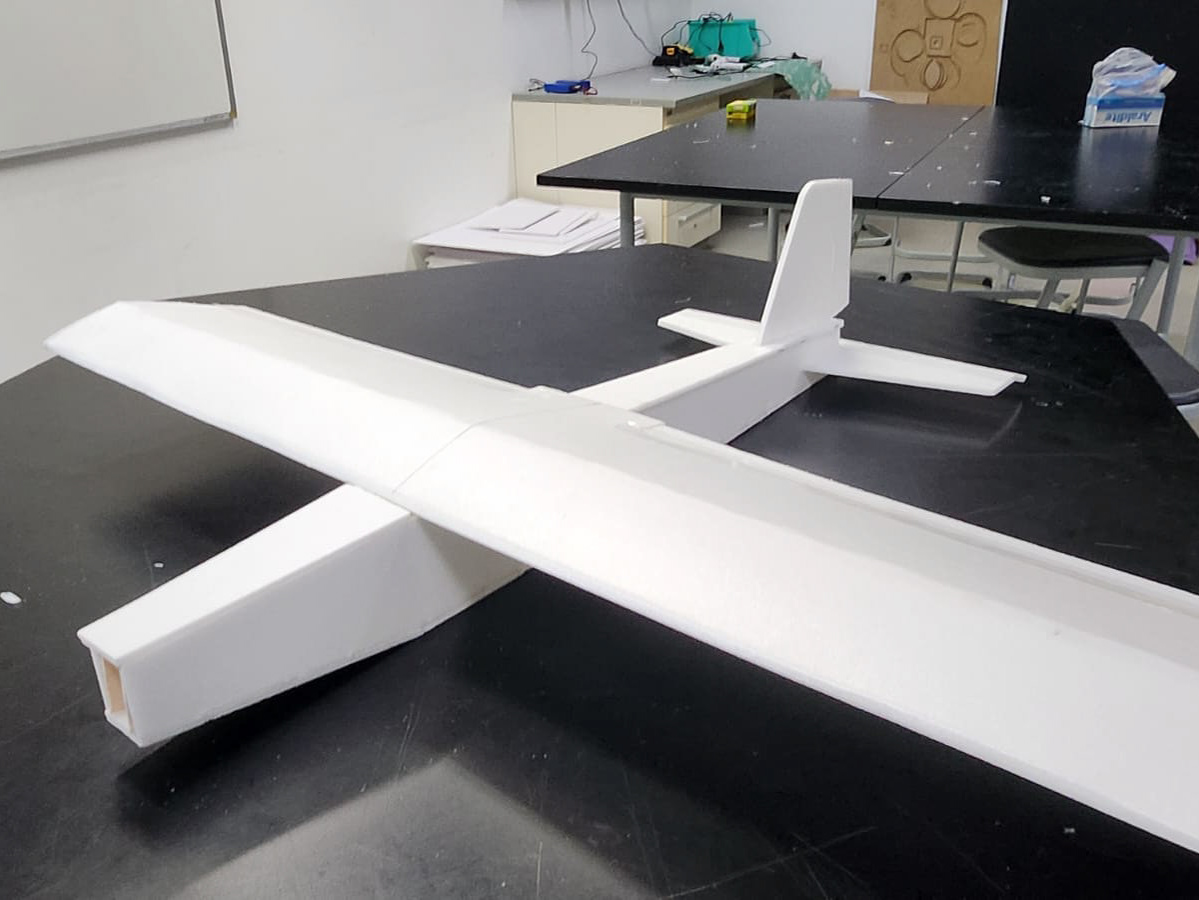Link to Youtube Channel: youtube.com/@OutsidetheClassroom2025
I founded the “Outside the Classroom” podcast to bridge the gap between students and their teachers by showcasing educators’ passions within and beyond their academic disciplines. This project emerged as a dynamic platform where teachers could share their expertise, personal stories, and insights into what drives them as educators and individuals. Over time, the podcast gained over 2,000 subscribers across YouTube, Spotify, and Instagram—an achievement that underscored the resonance of these humanizing conversations. Throughout the process, I honed my skills in scripting, filming, editing, team coordination, and brand development, all while learning to balance production quality with the authenticity and warmth that make the episodes engaging and relatable.
Concept Planning and Content Development
The initial planning phase outlined a consistent structure and tone for each episode. We decided every installment would feature a different teacher discussing professional interests and personal experiences. This approach required extensive research into each guest’s background and brainstorming thematic arcs, preliminary questions, and potential discussion points that would resonate with our audience. Although orchestrating multiple guests’ schedules posed a challenge, we learned to work collaboratively, refine our thematic focuses, and establish a pre-production rhythm. This thorough preparation gave each interview direction while allowing room for organic, free-flowing conversation—an approach that balanced professional structure with genuine human connection.
Branding and Logo Design
Early on, we recognized the importance of a strong visual identity. Working with graphic design software, I explored various concepts until arriving at a final logo in a cohesive blue and purple color scheme. This branding decision evoked creativity, reliability, and a calm welcome. Design drafts underwent multiple iterations to achieve a memorable, distinctive mark that could be consistently applied across our social media channels and promotional materials. Over time, viewer feedback confirmed that these branding choices contributed to a sense of polish and professionalism, ultimately helping “Outside the Classroom” stand out in a crowded digital landscape.
Recording Environment and Equipment Setup
Selecting the proper recording setup was critical to ensuring a polished end product. We settled on a dedicated second-floor recording room, a space that offered both quiet and consistent acoustics. The technical configuration involved a multi-camera approach—often leveraging mirrorless cameras like a Canon EOS M50 and a Sony A6400—to capture both wide and close-up angles. This allowed us to highlight subtle facial expressions and maintain viewer engagement. For audio, we opted for high-quality Lavalier microphones to ensure crisp dialogue and minimal background noise, backed up by a shotgun mic placed overhead as a secondary audio source. This redundancy offered a safety net against unforeseen equipment glitches, ensuring that each teacher’s story was recorded with clarity and depth.
Lighting and Audio Management
Achieving a professional look meant meticulously controlling our lighting environment. We used LED panel lights arranged in a three-point configuration—key, fill, and hair light—to produce flattering illumination free from harsh shadows. Softboxes and diffusion panels helped maintain consistent brightness and color quality across episodes, while blackout curtains countered shifting natural light. Through trial and error, we developed a standardized lighting setup recorded in detailed notes, allowing us to replicate the desired ambiance every time.
On the audio side, we addressed subtle room echoes and background hum using targeted microphone placements and noise reduction techniques in post. These measures ensured that the teachers’ voices came through with warmth and clarity, reinforcing the intimate, conversational tone that defines “Outside the Classroom.”
Scripting, Interview Preparation, and Episode Structure
Our production began long before we hit the record button. We created a structured yet flexible interview plan for each guest, conducting preliminary research to uncover their unique teaching methods, personal hobbies, and academic journeys. We combined these insights with student suggestions, ensuring each set of questions felt relevant and engaging. Episodes typically followed a loose format: a brief introduction of the teacher, a deep dive into their subject matter and teaching philosophies, a personal anecdote that offered insight into their life beyond the classroom, and a conclusion that encouraged reflection. This blend of structured outlines and open-ended prompts kept the conversation authentic and responsive to the guest’s storytelling style.
Post-Production and Editing Workflows
Raw footage transitioned into polished episodes through careful editing in Adobe Premiere Pro. Leveraging multicam editing features, we seamlessly switched between wide shots and close-ups, maintaining a dynamic narrative flow. Simple motion graphics and branded lower-thirds introduced each teacher, while subtle background music and on-screen graphics helped establish a consistent stylistic identity across episodes.
The audio was refined in Adobe Audition, where we applied EQ adjustments, volume leveling, and noise reduction to create a balanced listening experience. Color correction, mild grading, and branded intros and outros gave each video a professional finish. Over time, the team developed reusable editing templates, standardized presets, and checklists to streamline this process, resulting in a faster turnaround without compromising quality.
Scheduling and Team Coordination
A project involving multiple guests and team members required clear communication and well-defined workflows. We used a shared production calendar to schedule recording sessions, send reminders, and mark deadlines. Each team member was assigned specialized roles—camera operation, audio engineering, interviewer, or post-production lead—to ensure that responsibilities were distributed effectively. Regular team meetings allowed us to troubleshoot production bottlenecks, share insights, and refine our organizational strategies. This proactive, structured approach was invaluable for maintaining a steady production cadence while preserving the collaborative energy that fueled the show’s growth.
Iterative Improvements and Evolving Techniques
We analyzed viewer feedback with each episode, monitored audience engagement metrics, and implemented incremental improvements. We invested in an external audio recorder with improved preamps for cleaner sound capture. We experimented with different camera angles for a more cinematic presentation. We refined our lighting to maintain consistent visual quality. We also learned to better prepare guests by sharing conversation outlines in advance, ensuring they felt comfortable and confident on camera. These cumulative refinements raised the production value over time and reinforced our commitment to delivering content that felt both substantive and polished.
Personalized Guest Mementos
We designed and 3D-printed custom paperweights featuring each guest’s episode number to express gratitude to the teachers who participated in the series. This personal touch required developing skills in CAD modeling and iterative prototyping. Though we faced occasional frustrations with print quality and material choices, the final products offered a tangible token of appreciation. These individualized gifts resonated strongly with the guests, reflecting the podcast’s emphasis on genuine connection and acknowledgment of the teachers’ contributions.
Building “Outside the Classroom” taught me that launching a successful content series involves far more than pressing “record.” It demanded a thoughtful blend of creative planning, technical problem-solving, consistent branding, rigorous quality control, and genuine interpersonal engagement. As the series matured, we continually fine-tuned every aspect—from research and scripting to lighting setups, audio workflows, and post-production editing. The result was a platform where educators could comfortably share their professional insights and personal stories, bringing the academic community closer together. Moving forward, I plan to expand our production capabilities further, explore new thematic angles, and continue refining our approach, ensuring that the podcast remains an inspiring space where meaningful conversations thrive.









